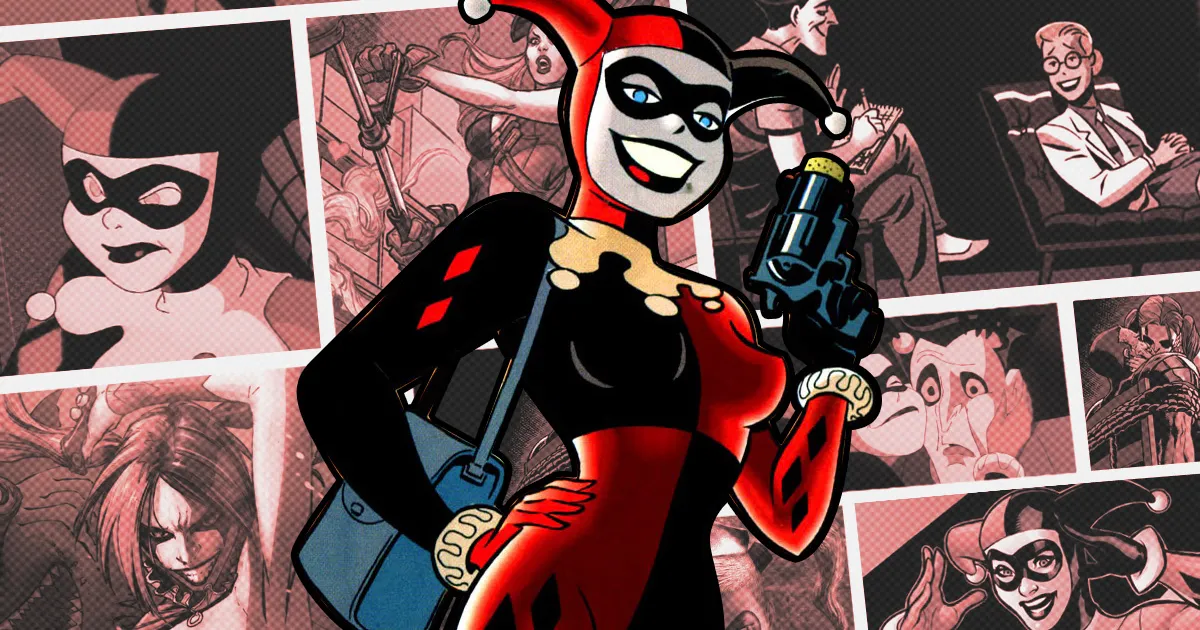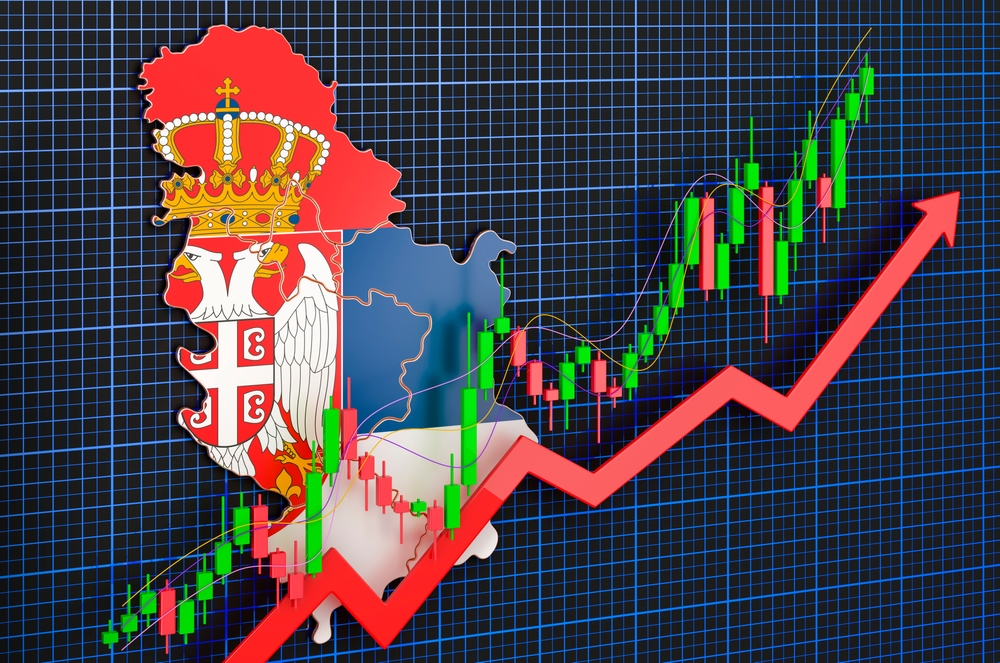nightglow.info – Harley Quinn, a character from the DC Comics universe, has become one of the most iconic and beloved villains in popular culture. Her journey from a sidekick to a standalone antihero highlights her complexity and enduring appeal.
Origins: From Page to Screen
Harley Quinn, originally Dr. Harleen Quinzel, made her first appearance in 1992 on “Batman: The Animated Series.” Created by Paul Dini and Bruce Timm, she was intended as a one-off character but quickly captured the audience’s imagination. Her transformation from a brilliant psychiatrist at Arkham Asylum to the Joker’s accomplice and lover marked the beginning of her tumultuous journey.
A Complex Relationship with the Joker
Harley’s association with the Joker is central to her character. Initially portrayed as infatuated and manipulated, her relationship with the Joker is a blend of obsession, loyalty, and abuse. This dynamic has been explored in various comics, TV shows, and films, allowing for deeper insights into her psyche and motivations.
Breaking Free: Harley’s Independence
Over time, Harley Quinn evolved beyond her role as the Joker’s sidekick. Stories like “Harley Quinn” in the New 52 series and the “Birds of Prey” film depict her quest for independence. Her break from the Joker signifies a shift from victimhood to empowerment, as she seeks her own identity and purpose.
Antihero and Pop Culture Icon
Harley’s character has grown to embody the antihero archetype, blending villainy with relatability and humor. Her colorful personality, unpredictability, and resilience have made her a favorite among fans. She challenges traditional gender roles and societal norms, often acting as a symbol of liberation and self-discovery.
The Future of Harley Quinn
With Margot Robbie’s portrayal in the DC Extended Universe and her continued presence in comics and animated series, Harley Quinn’s future looks promising. Her character continues to evolve, reflecting contemporary themes and resonating with new generations.
In conclusion, Harley Quinn’s journey from a supporting character to a multifaceted villain and antihero highlights her enduring appeal. Her complexity and transformation make her a standout figure in the world of comics and beyond.


